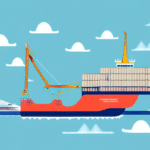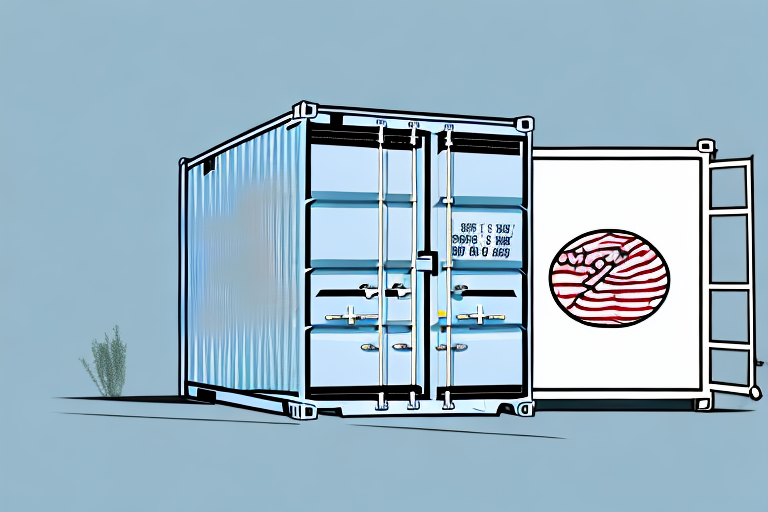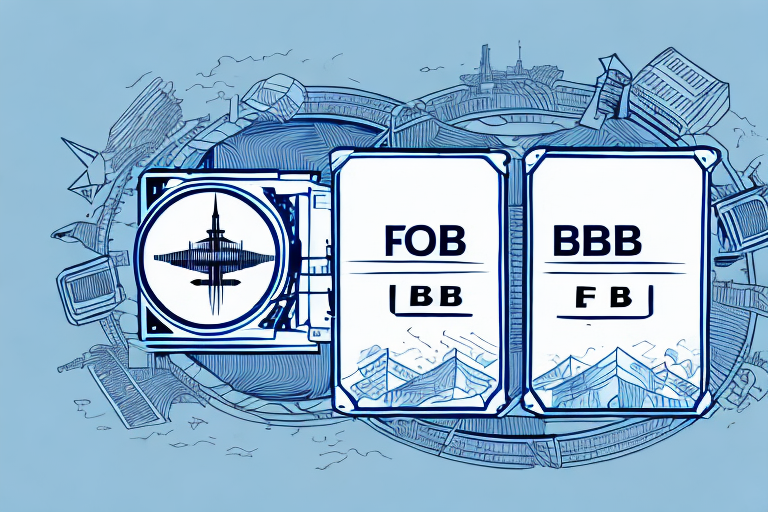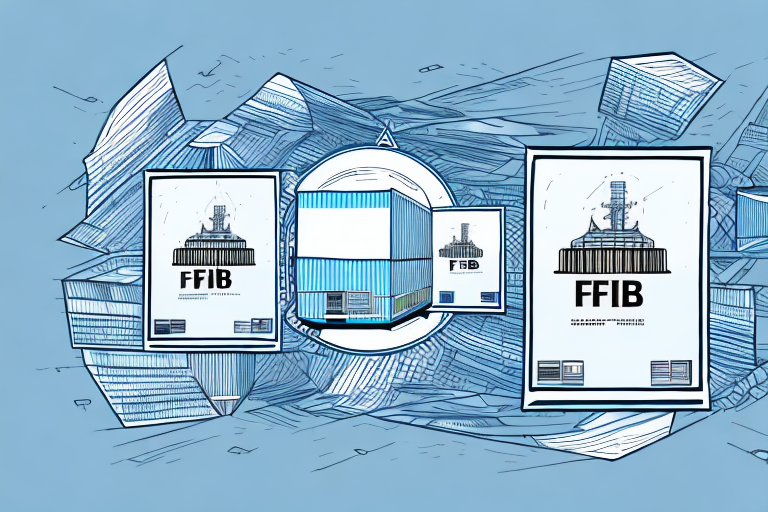Understanding FOB Shipping Terms
When it comes to shipping terms, two of the most commonly used are FOB Shipping Point and FOB Destination. These terms refer to the point at which ownership and liability for goods transfer from the seller to the buyer. Understanding the differences between these terms is crucial for making informed decisions about shipping arrangements and negotiating favorable terms.
FOB Shipping Point Explained
Definition and Functionality
FOB stands for "Free on Board." Under FOB Shipping Point terms, ownership and responsibility for goods pass from the seller to the buyer as soon as the goods leave the seller's location. This means the buyer is accountable for any damage or loss during transit and is responsible for shipping costs.
Advantages and Disadvantages
- Pros:
- Greater control over the shipping process
- Potentially lower shipping costs
- Cons:
- Increased risk of loss or damage during transit
- Buyer must handle shipping logistics
Practical Example
For instance, if a company in New York sells goods to a customer in California using FOB Shipping Point terms, the buyer is responsible for any damages that occur after the goods leave New York. The buyer also pays for the shipping costs from New York to California.
FOB Destination Explained
Definition and Functionality
Under FOB Destination terms, ownership and responsibility for goods remain with the seller until the goods reach the buyer's location. The seller bears the risk of loss or damage during transit and covers the shipping costs.
Advantages and Disadvantages
- Pros:
- Reduced risk for the buyer
- Seller manages shipping logistics
- Cons:
- Potentially higher shipping costs
- Less control over the shipping process for the buyer
Practical Example
Using the same scenario, if the New York company sells goods to a California customer on FOB Destination terms, the seller is responsible for any damage that occurs during shipping and covers the shipping costs until the goods arrive in California.
Key Differences Between FOB Shipping Point and FOB Destination
Ownership Transfer
FOB Shipping Point: Ownership transfers when goods are shipped.
FOB Destination: Ownership transfers upon delivery.
Financial and Legal Implications
Under FOB Shipping Point, the seller can recognize revenue once the goods are shipped, impacting financial statements differently compared to FOB Destination, where revenue is recognized upon delivery. Legal responsibilities also shift based on the terms agreed upon.
Accounting Treatment
According to accounting principles, FOB terms influence when revenue and expenses are recognized. FOB Shipping Point allows for earlier revenue recognition, while FOB Destination delays revenue until delivery.
Determining Freight Charges
Under FOB Shipping Point
The buyer is responsible for freight charges, which include transporting goods from the seller’s location to the buyer’s destination, customs fees, and insurance.
Under FOB Destination
The seller covers all freight charges until the goods reach the buyer’s location.
Negotiation Tips
- Review shipping agreements meticulously
- Negotiate rates with third-party logistics providers
- Consider bulk shipping discounts
Best Practices for Negotiating FOB Terms
- Clear Contract Language: Ensure all terms are explicitly stated to avoid misunderstandings.
- Insurance Coverage: Verify that appropriate insurance is in place to cover potential risks.
- Partner with Reputable Carriers: Choose reliable shipping partners to mitigate risks associated with transportation.
Impact on Supply Chain Management
The choice between FOB Shipping Point and FOB Destination significantly affects supply chain dynamics. FOB Shipping Point may offer greater control and flexibility for the buyer, while FOB Destination can simplify logistics for the seller.
Common Misconceptions
- Misconception: FOB terms refer to the physical location of the goods.
Reality: They indicate the point of ownership and liability transfer. - Misconception: FOB Shipping Point always results in lower costs.
Reality: Costs can vary based on specific shipping agreements and circumstances.
Legal Implications in Contracts
Choosing the correct FOB term is vital to delineate responsibilities and liabilities. Disputes can arise if terms are not clearly defined, so consulting with legal counsel during contract negotiations is advisable to ensure both parties understand their obligations.
Case Studies Highlighting FOB Terms
Retail Industry Example
A large retail chain sourcing products internationally opts for FOB Shipping Point to maintain control over shipping logistics, resulting in reduced costs and enhanced supply chain efficiency.
High-Value Equipment Example
A company dealing with expensive industrial machinery prefers FOB Destination to minimize the risk of loss or damage, ensuring that goods are protected until they reach the buyer.
Conclusion
Understanding the distinctions between FOB Shipping Point and FOB Destination is essential for effective shipping and logistics management. By carefully selecting the appropriate terms, businesses can optimize their supply chain operations, manage risks, and ensure financial accuracy. Always review contracts thoroughly and consider consulting with logistics and legal professionals to navigate the complexities of FOB terms successfully.






















